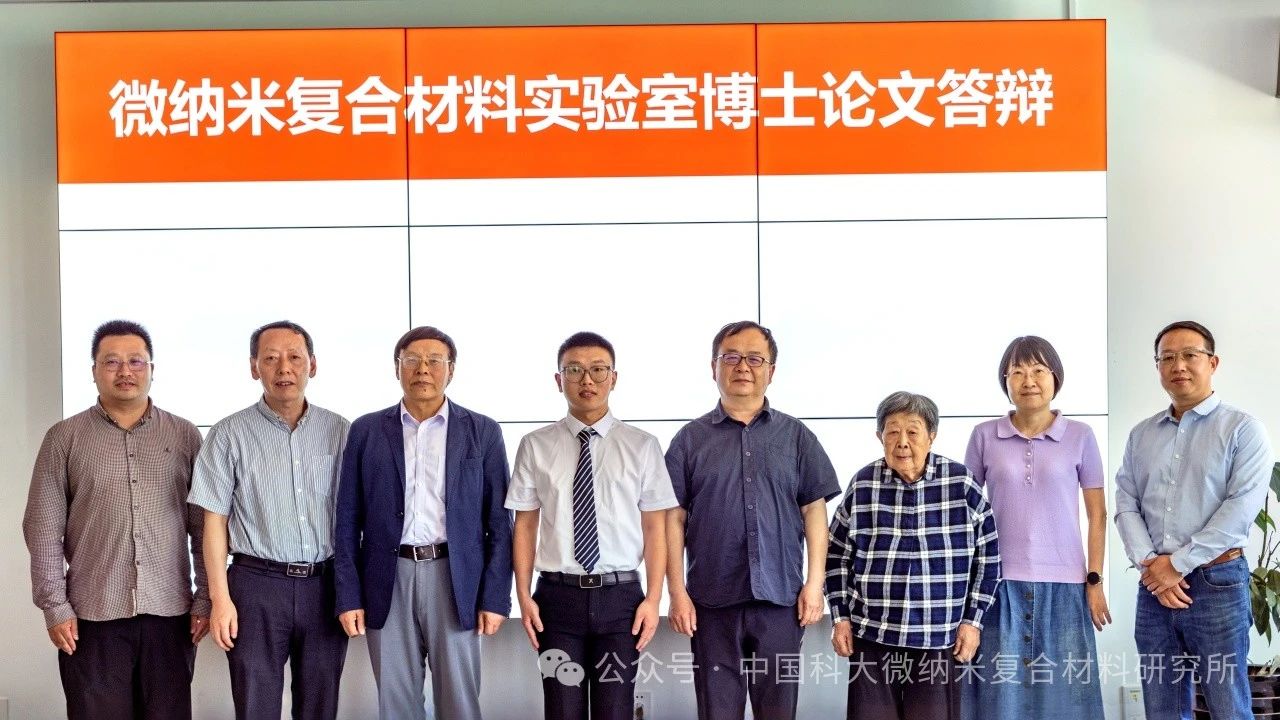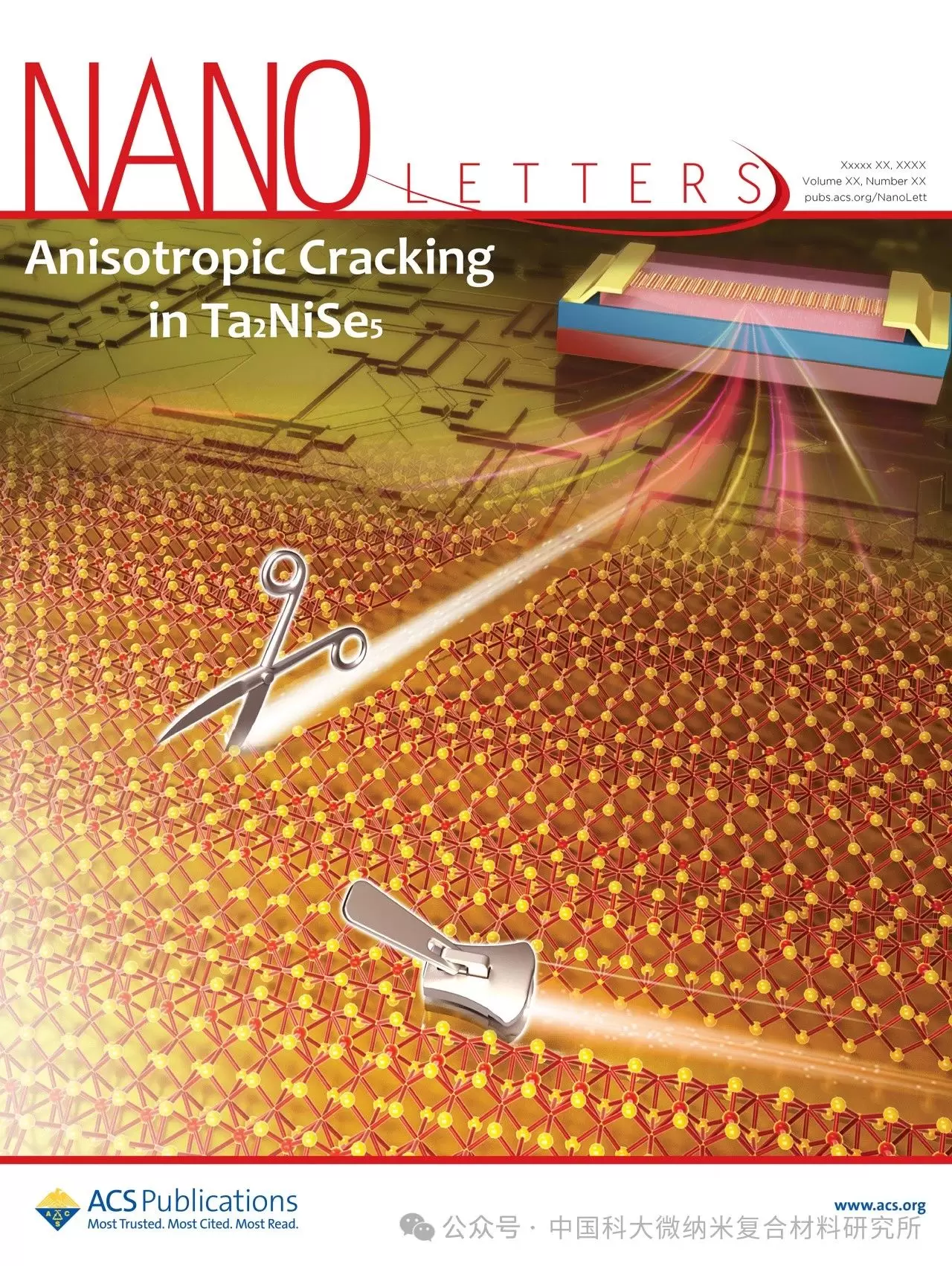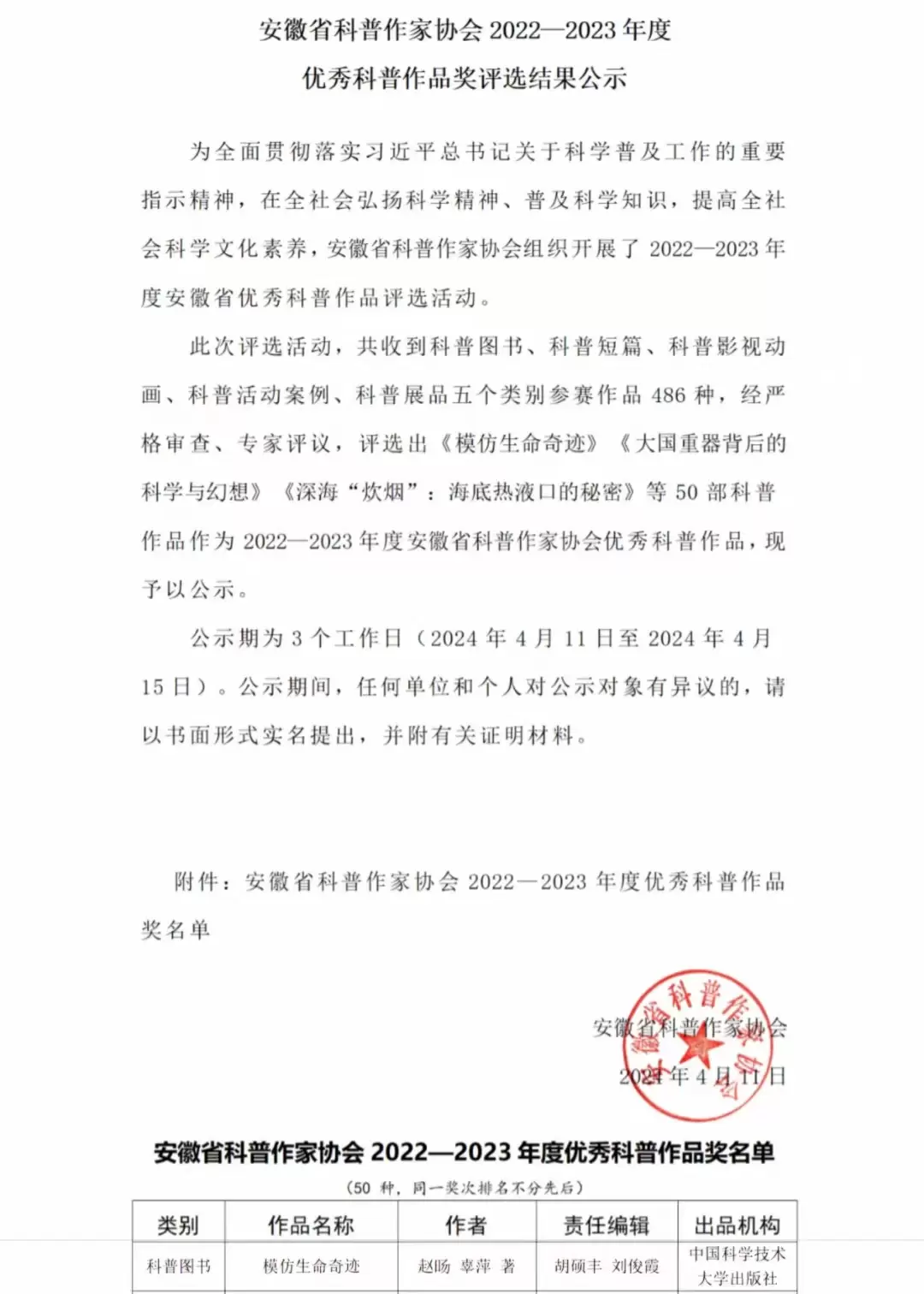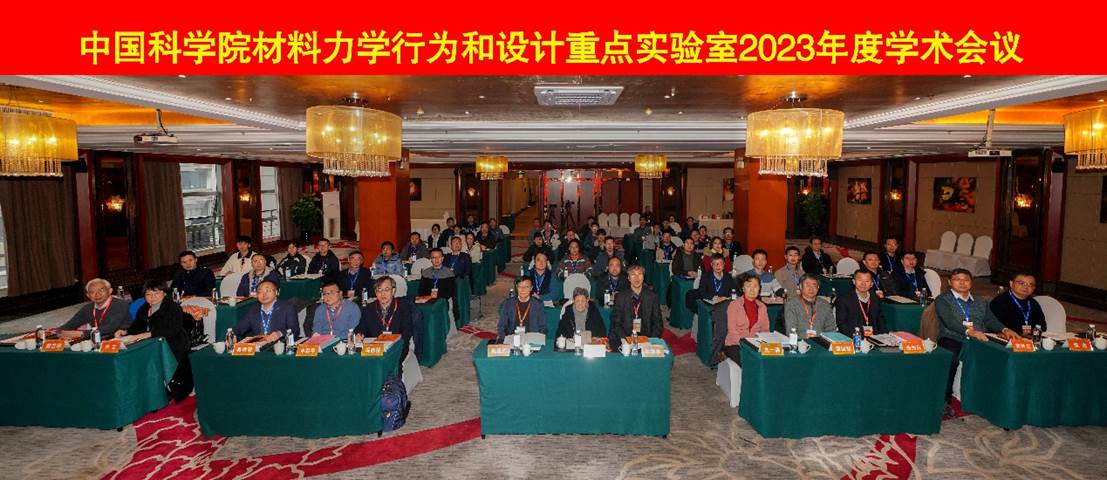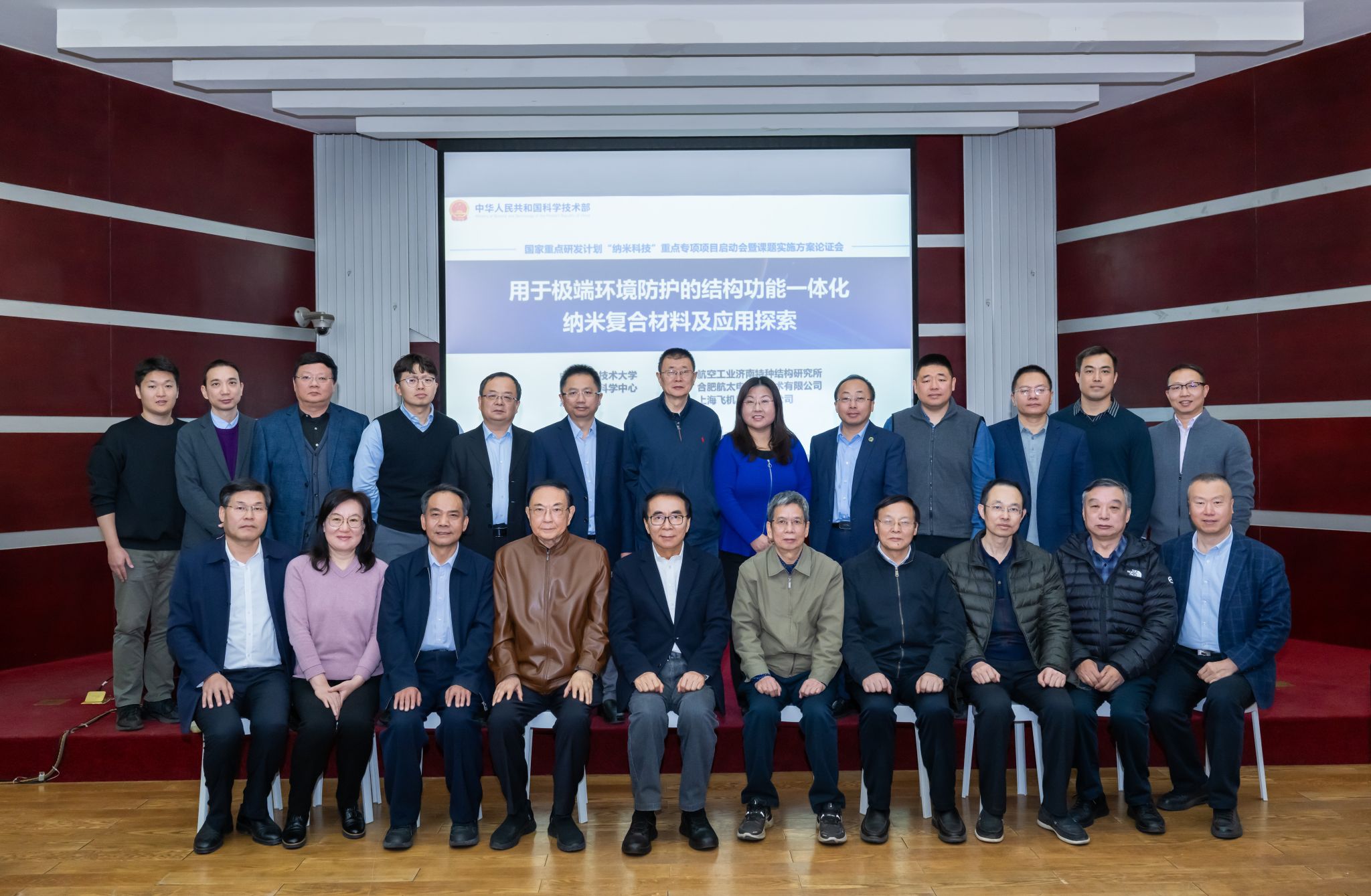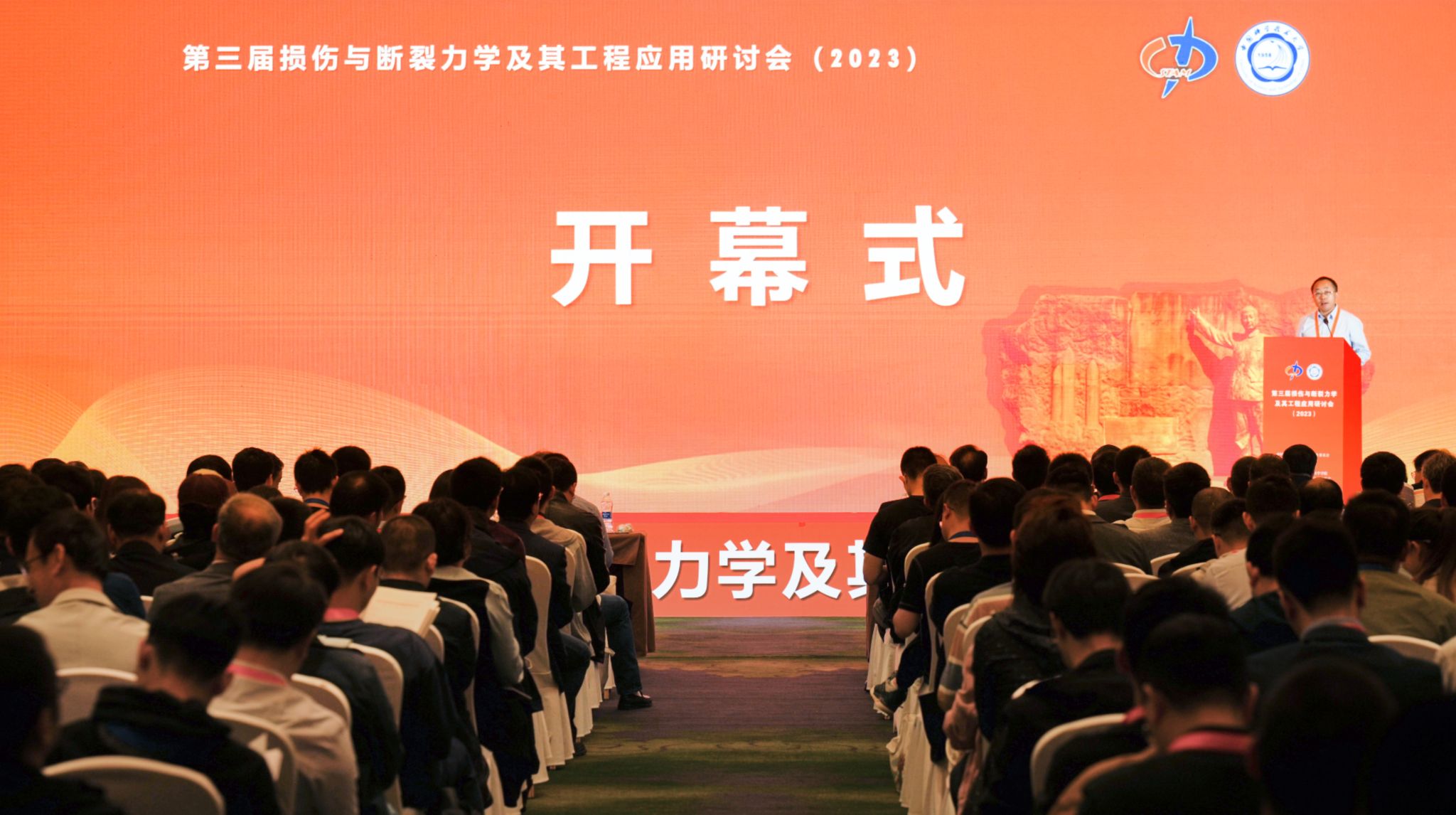Micro-Nano Composite Materials Laboratory has made new progress in the study of anisotropic fracture of two-dimensional materials
Research Background
In recent years, the research on two-dimensional materials has been booming. Among them, anisotropic two-dimensional materials have attracted widespread attention because of their low in-plane symmetry structure and in-plane anisotropy of physical properties, which provides a new dimension for the design of high-performance two-dimensional devices. In addition to optical and electrical anisotropy, the mechanical properties of two-dimensional materials determine the deformation ability and strain adjustability of the materials, and play a decisive role in the functional characteristics and service life of the devices. At present, the mechanical testing of anisotropic two-dimensional materials is still in its infancy. Most of the early work uses nanoindentation, micropore bubbling or flexible substrate assisted loading to explore the in-plane elastic anisotropy of two-dimensional materials. In fact, as another important mechanical parameter of two-dimensional materials, its anisotropic fracture not only determines the peeling and growth process of two-dimensional crystals, but also has important significance for predicting the robustness and reliability of two-dimensional material devices. However, there is still a lack of sufficient understanding of the in-plane anisotropic fracture of two-dimensional materials. The only few experimental and simulation works focus on isotropic two-dimensional materials (such as graphene, boron nitride, etc.), and the fracture behavior of anisotropic two-dimensional materials still needs further study.
Research Introduction
Recently, the team led by Professor Zhang Zhong from the Micro-Nano Composite Materials Laboratory of the University of Science and Technology of China and the team led by Professor Wu Hengan from the Department of Modern Mechanics have conducted in-depth cooperation and systematically studied the two-dimensional tantalum-nickel-selenium composite material using the in-situ electron microscope microelectromechanical system (MEMS) uniaxial tensile test method.(Ta2NiSe5)The in-plane mechanical anisotropy and fracture behavior of Ta were experimentally measured for the first time.2NiSe5The anisotropic fracture toughness of the composite was studied by combining first-principles calculations to reveal the in-plane anisotropic fracture mechanism dominated by the lattice structure, and the out-of-plane anisotropic fracture behavior caused by the competition between in-plane strength and interlaminar shear was also clarified.“Anisotropic Fracture of Two-Dimensional Ta2NiSe5”It was published in the top materials science journal Nano Letters and was selected as the cover of the journal.
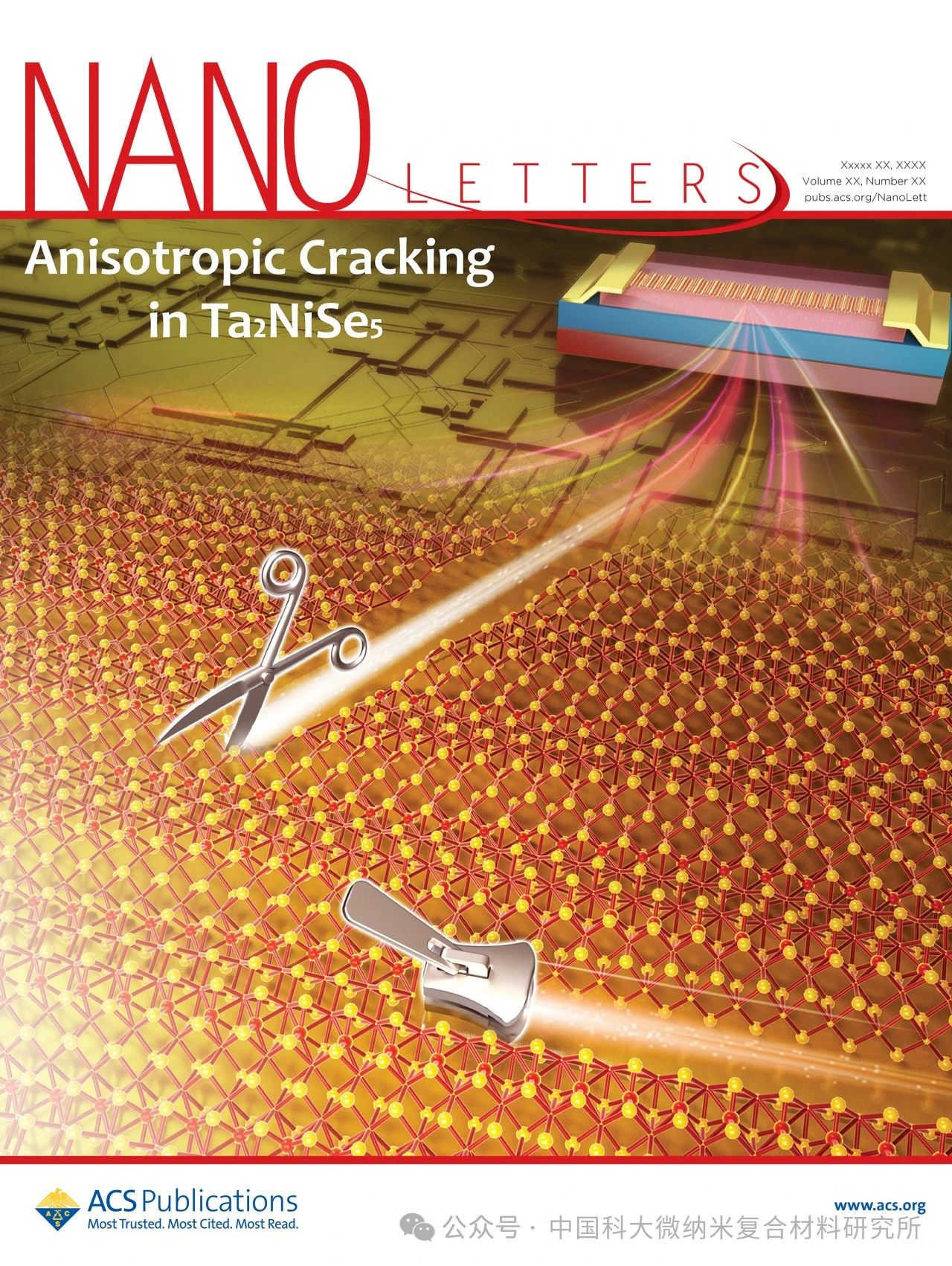
Inside cover image
Research content
Ta2NiSe5(hereinafter referred to as TNS) is a monoclinic two-dimensional crystal belonging to the C2/c space group with significant in-plane anisotropy. The mechanical exfoliation method was used to obtain long TNS strips, and the angular polarized Raman spectroscopy proved that it has strong in-plane optical anisotropy, from which its lattice orientation can be determined. The crystal structure was characterized by high-resolution transmission electron microscopy, and it was found that its in-plane structure is composed of Ta double chains and Ni single chains arranged alternately along the a-axis and c-axis, in the order of Ta-Ni-Ta. By statistically analyzing the edge angle distribution of the TNS strips obtained by mechanical exfoliation, it is preliminarily predicted that its fracture energy along the c-axis is relatively low.
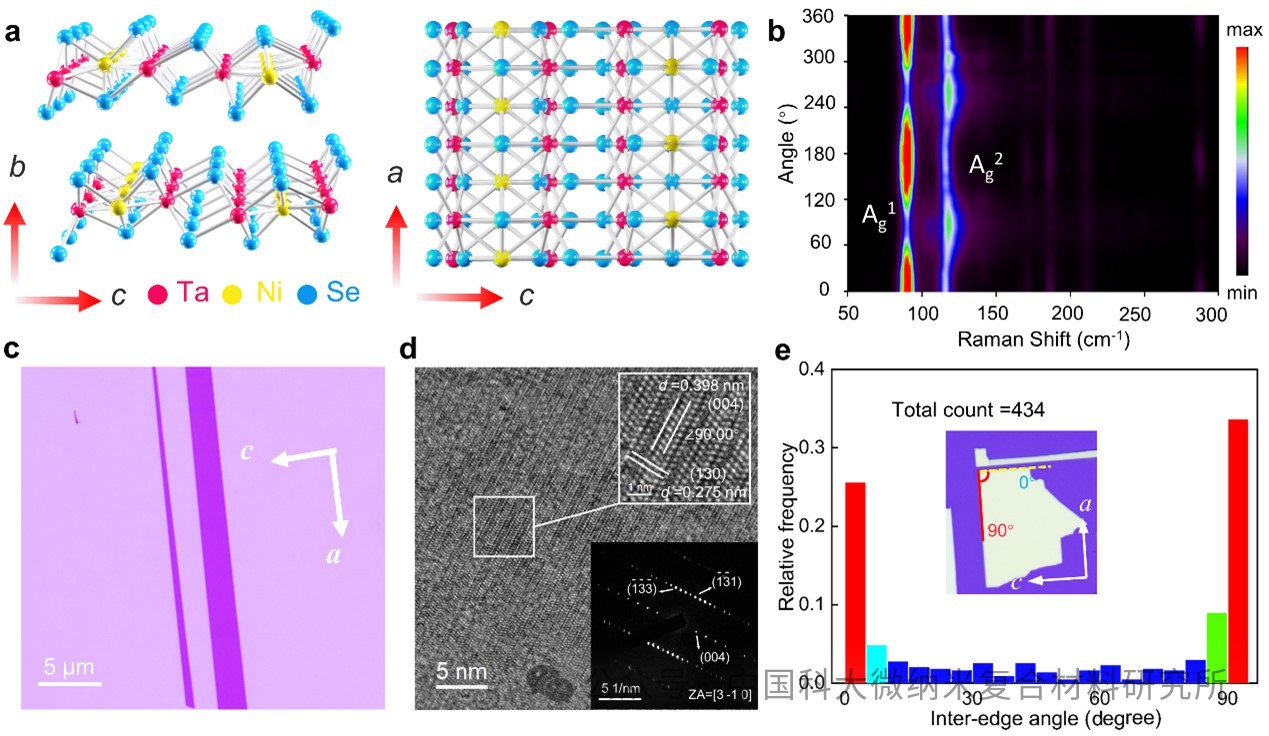
Figure 1. Ta2NiSe5 In-plane structural anisotropy
The anisotropic mechanical properties of two-dimensional TNS were studied based on MEMS in-situ stretching technology. The results show that when stretched along the a-axis, TNS has a higher Young's modulus and fracture strength (56.9±9.2GPa, 2.4±0.8GPa), while when stretched along the c-axis, it is relatively low (46.5±4.5GPa and 1.2±0.2GPa). In addition, the fracture strain along the a-axis is about 1.8 times that along the c-axis. The stress-strain curves of the a-axis and c-axis were calculated by DFT and the uniaxial stretching process was simulated. It was found that the sparse Ta-Se bonds were broken first when stretched along the c-axis, while when stretched along the a-axis, the Ta-Ni bonds and Ta-Se were jointly loaded, making the a-axis direction show stronger tensile resistance.

Figure 2. TNS in-plane mechanical anisotropy
Furthermore, the anisotropy of the crack path of TNS was explored. The study found that when stretched along the a-axis, the crack propagation direction was at an angle of 30° to the c-axis. Even if the sample was rotated 45°, the crack still maintained the same angle with the c-axis. However, when the sample was loaded along the c-axis, the crack propagation direction was perpendicular to the stretching direction. Combined with DFT to calculate the fracture energy at different angles, the above-observed minimum energy path for crack propagation was verified. In addition, the experiment observed that the crack edge obtained by loading along the c-axis showed a nearly atomically smooth feature, which has not been reported in previous MEMS micro-tensile tests. In order to make a unified quantitative description of the crack evolution law of different two-dimensional materials, the crack geometry factor was introduced, that is, the ratio of the crack path length to the sample strip width. It can be seen from the literature that the crack path of two-dimensional materials usually bifurcates and deflects during the propagation process, and the crack edge is also rough and uneven. By prefabricating cracks in the TNS material and then measuring its anisotropic fracture toughness, the fracture toughness in the a-axis direction was obtained 102.4 J/m2,Almost c-axis toughness(34.1 J/m2)This further explains the anisotropic behavior of the crack path observed in the experiment.
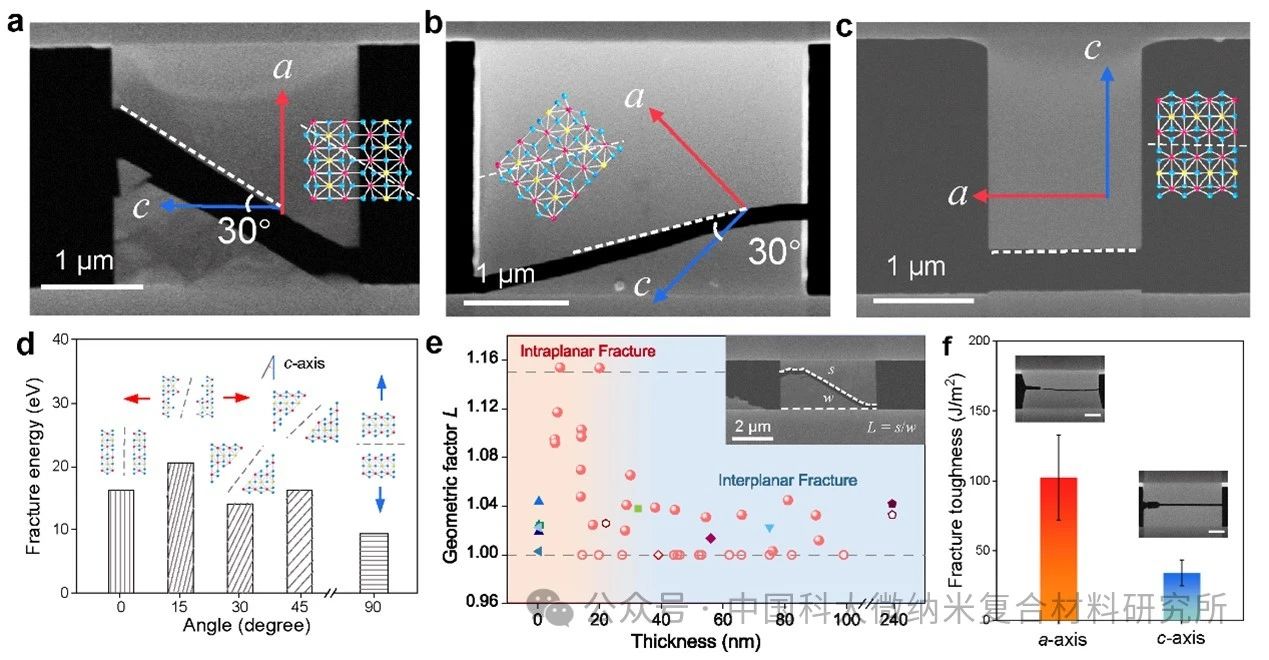
Figure 3. Anisotropic fracture behavior and fracture toughness measurement of TNS
In addition, the study found that as the thickness increases, the TNS failure mode along the a-axis direction changes from in-plane fracture to interlayer fracture, and the crack path changes from 30° orientation to perpendicular to the tensile direction. The fracture morphology shows a step-like feature analysis, which is caused by the interlayer shear/slip effect; while along the c-axis direction, the fracture still maintains the neat edge characteristics of in-plane fracture and is still perfectly perpendicular to the tensile direction. The interlayer shear stress in the two axes was calculated by DFT, and it was found that the interlayer shear stress in the a-axis direction was significantly weaker than that in the c-axis (about 1/40), so it showed more significant slip behavior. Further experimental measurements verified that the interlayer slip can significantly improve the toughness (fracture work) of the material. This work provides theoretical guidance for the construction of nanostrip electronic devices based on atomically neat edges.

Figure 4. Competition mechanism between in-plane strength and interlaminar shear
Li Binzhao and Li Jiahao, master students of the Department of Modern Mechanics at the University of Science and Technology of China, are the co-first authors, Professor Zhang Zhong, Professor Wang Guorui and Associate Professor Zhu Yinbo are the co-corresponding authors, and Professor Wu Hengan and Professor Song Li of the National Synchrotron Radiation Laboratory provided important guidance and suggestions for the research. This work was funded by the National Key R&D Program of the Ministry of Science and Technology, the National Natural Science Foundation, the Key Youth Innovation Fund of the University of Science and Technology of China, and the Youth Innovation Promotion Association of the Chinese Academy of Sciences. Part of the experimental work was completed at the Physical and Chemical Science Experimental Center, Micro-Nano Research and Manufacturing Center and the National Synchrotron Radiation Laboratory of the University of Science and Technology of China.
Original link:
https://doi.org/10.1021/acs.nanolett.4c01202
Feed:Li Binzhao Edit:Zhan Jianghui Proofreading:Wang Guorui


 Current Location:
Current Location:
